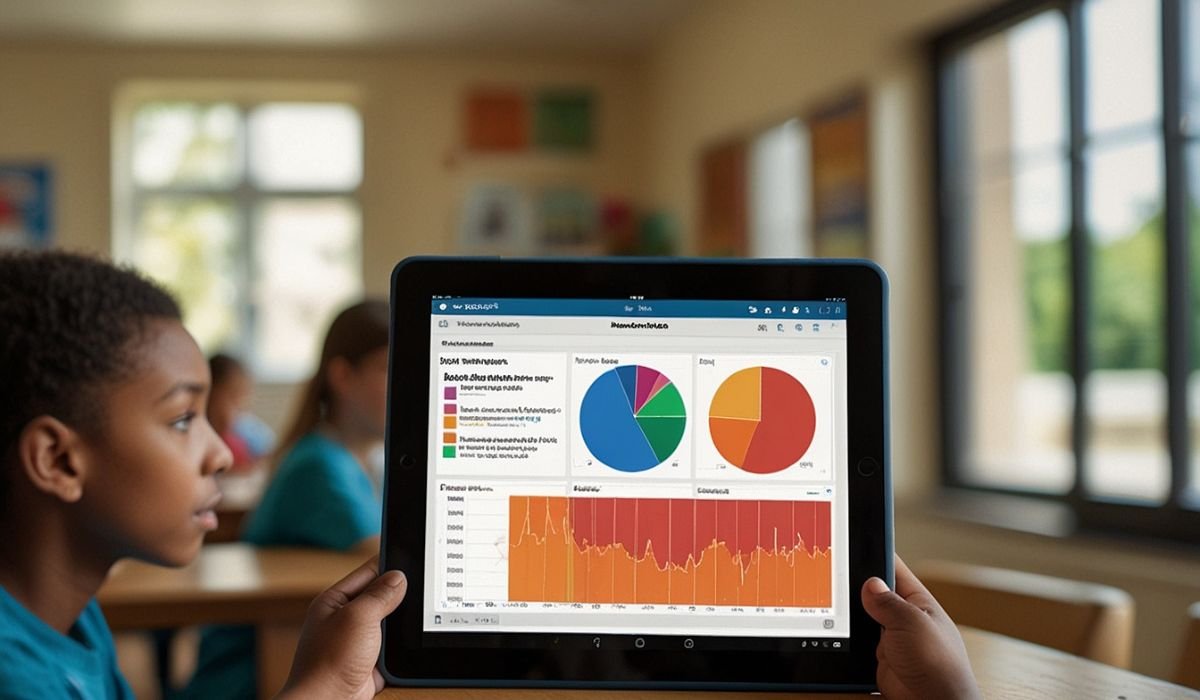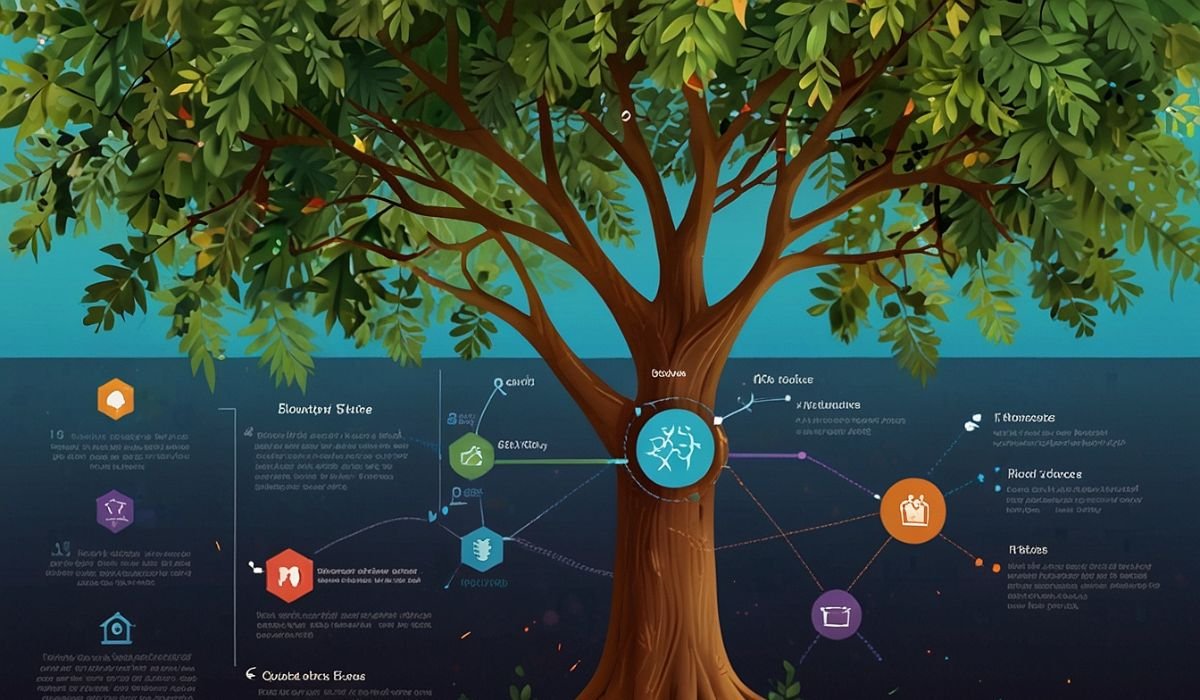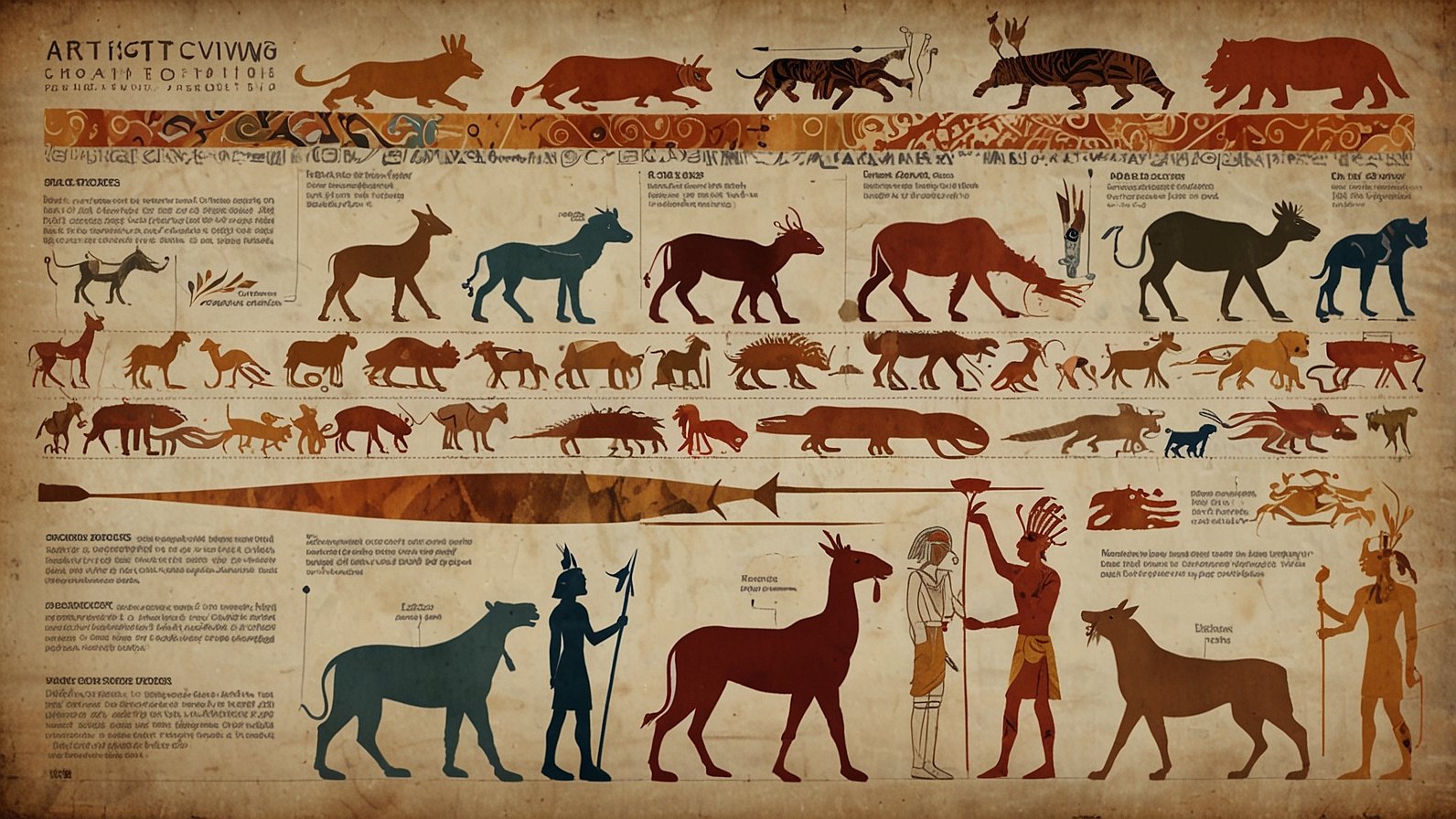Assume a world where grading stacks of multiple-choice quizzes happens in an instant, where students get immediate feedback on their mistakes, and you have a clear, data-driven picture of exactly which concepts your class is struggling with. This isn’t a far-off dream for the classroom of the future—it’s the reality for thousands of educators using CastleLearning today.
For the busy teacher, managing differentiated instruction, meeting state standards, and simply keeping students engaged can feel like a constant juggling act. What if you had a digital teaching assistant that could shoulder some of that load? That’s precisely the role CastleLearning aims to fill. Let’s dive into how this platform is changing the game, one assignment at a time.
What Exactly is CastleLearning? Breaking Down the Basics
At its heart, CastleLearning is an online educational platform designed to help teachers create, assign, and assess student work across a huge range of subjects, from math and science to social studies and ELA. But it’s so much more than just a digital worksheet generator.
Think of it as your personal curriculum companion. It comes pre-loaded with a massive bank of standards-aligned questions, which means you don’t have to start from scratch. You can quickly pull together a review sheet, a full exam, or targeted practice on a single tricky topic like quadratic equations or the causes of the Civil War.
The magic, though, isn’t just in the creation—it’s in the correction and analytics. The platform automatically grades assignments, providing students with explanations for their errors and giving you a dashboard of insights into class-wide and individual student performance. It’s like having an extra pair of eyes that never gets tired.
Getting Started with CastleLearning: Your First 3 Steps
Jumping into a new platform can be daunting, but CastleLearning is built with simplicity in mind. Here’s a quick roadmap to get you from sign-up to your first assignment.
- Set Up Your Account and Classes. Your school or district will typically provide access. Once you have your login, your first task is to create your digital classrooms. You can easily roster your students manually or through integration with your school’s student information system (SIS). It’s like setting up your room before the first day of school—everything is ready and waiting for your students.
- Explore the Question Bank. This is the treasure trove. Take some time to browse the thousands of questions available for your subject. You can filter by topic, standard, difficulty level, and question type (multiple choice, constructed response, etc.). It’s a fantastic way to see the depth of content available to you.
- Create and Assign Your First Task. Start simple! Create a short, 10-question review assignment on a recent topic. The process is intuitive: you select your questions, set a due date, and decide on settings like allowing retakes or showing answers immediately. Then, you just assign it to your class. The platform generates a unique code for students, and they’re off to the races.
Top 5 CastleLearning Tips for a Smoother Classroom
To move from basic use to power user, try weaving these strategies into your routine.
- Use it for Bell Ringers and Exit Tickets. Instead of scrambling for a quick formative assessment, use CastleLearning to create a 5-question bell ringer to review yesterday’s material or an exit ticket to gauge today’s understanding. The instant data tells you if you can move on or need to re-teach.
- Leverage the “Show Your Work” Feature. For math and science, this is a game-changer. You can require students to upload a picture of their handwritten work for specific problems. This bridges the gap between digital convenience and the necessity of showing process, making grading much more meaningful.
- Differentiate Without the Extra Work. Not all students learn at the same pace. With CastleLearning, you can easily create different versions of an assignment. Assign a remedial practice set to a small group that needs more support and a challenging set of problems to those who are ready to soar. The platform manages it all seamlessly.
- Embrace the Data, Don’t Just Collect It. The reports section is your command center. Don’t just glance at the scores. Drill down into the “Question Analysis” report to see which specific problems caused the most trouble. This allows you to target your instruction with laser precision.
- Encourage Student Ownership. The immediate feedback and detailed answer explanations empower students to learn from their mistakes in real-time. Encourage them to use the “My Results” section to identify their own weak spots and take advantage of retake opportunities to master the material.
CastleLearning in the Wild: A Real-World Case Study
Consider Ms. Alvarez, a 10th-grade Biology teacher. Her unit on photosynthesis was always a stumbling block for students. This year, she used CastleLearning differently.
- Before the Unit: She assigned a pre-test from the question bank to identify baseline knowledge.
- During the Unit: After each key lesson (e.g., the light-dependent reactions), she assigned a 10-question checkpoint.
- The Result: The data immediately showed that over 70% of her students were confusing the Calvin Cycle with the light-dependent reactions. Instead of plowing ahead, she paused and did a targeted, hands-on review activity specifically on that comparison.
- The Outcome: On the final unit exam, the class average was 15% higher than in previous years. Ms. Alvarez didn’t work harder; she worked smarter, using the data from CastleLearning to inform her instruction exactly where it was needed most.
Read also: Ancient Artz: Your Portal to Humanity’s Creative Heritage
The Pros and Cons: A Balanced Look at CastleLearning
Is it the perfect tool for every situation? Let’s be honest—no single platform is. Here’s a straightforward breakdown.
| The Upside 👍 | The Downside 👎 |
| Huge Time Savings on grading and assignment creation. | Initial Setup for classes can take a bit of time, though it’s a one-time task. |
| Immediate, Actionable Data to drive instruction. | Question Style can sometimes feel standardized-test heavy for some subjects. |
| Promotes Student Self-Assessment with instant feedback. | Internet Dependency means it requires reliable tech access for all students. |
| Massive, Standards-Aligned Library of ready-to-use content. | Limited Project-Based Learning as it’s primarily assessment-focused. |
| Excellent for Test Prep and reviewing for state exams. | Cost is a factor, as it’s a subscription service purchased by schools. |
5 Quick Takeaways to Transform Your Teaching Tomorrow
Ready to give it a go? Here’s a cheat sheet to get the most out of CastleLearning from day one.
- Start Small: Don’t try to build the ultimate final exam on day one. Begin with a simple review assignment.
- Data is Your Friend: Make it a habit to check the reports after every assignment. Let the numbers guide your lesson plans.
- Talk to Students About the Feedback: Encourage them to read the explanations for wrong answers—it’s where the real learning happens.
- Mix and Match: Use the platform for a variety of purposes—bell ringers, homework, quizzes, and major tests.
- Collaborate: Share your most effective assignments and question sets with colleagues in your department.
The goal of any edtech tool is to make your life easier and your teaching more effective. CastleLearning, when used strategically, does both. It gives you the gift of time and the power of insight. So, why not log in and create that first assignment? You might just find that it becomes an indispensable part of your teaching toolkit.
We’d love to hear from you! What’s your favorite feature on CastleLearning? Share your own tips in the comments below!
FAQs
1. How much does CastleLearning cost?
CastleLearning is not typically purchased by individual teachers. It’s a subscription-based service licensed by schools or entire school districts. The best way to find out about cost is to contact your school administration or the CastleLearning sales team directly.
2. Can CastleLearning be used for all grade levels and subjects?
Absolutely. The platform has a strong focus on core middle school and high school subjects (Math, Science, Social Studies, and English). However, it also offers content for younger grades in elementary school, as well as specialized areas like Regents prep (for New York State) and even some world languages.
3. How does it handle different learning styles or students with IEPs?
The platform is excellent for differentiation. You can easily modify assignments for individual students or groups, adjusting the length, difficulty, or question types. Features like text-to-speech for questions also provide support for students who need it.
4. Is there a mobile app for students?
Yes! CastleLearning offers a student app that is available for both iOS and Android devices. This allows students to complete assignments on-the-go, making it very flexible for classrooms with mixed device access.
5. How does the “Show Your Work” feature function?
For questions where you enable this feature, students are prompted to upload a photo of their handwritten work directly from their device’s camera or gallery. The teacher can then view this work alongside the student’s digital answer when grading, providing crucial context into their thought process.
6. Can I create my own questions, or am I limited to the bank?
You are absolutely not limited! While the pre-made question bank is vast, you can also write and add your own custom questions to any assignment. This allows you to perfectly tailor content to your specific lessons.
7. What kind of reports can I run?
The reporting is quite robust. You can view reports by student (to track individual progress), by assignment (to see overall class performance), and by question (to pinpoint specific conceptual misunderstandings). You can also track progress over time.
You may also like: The Ultimate Guide to StateKaidz.com: Where Learning Feels Like Play










